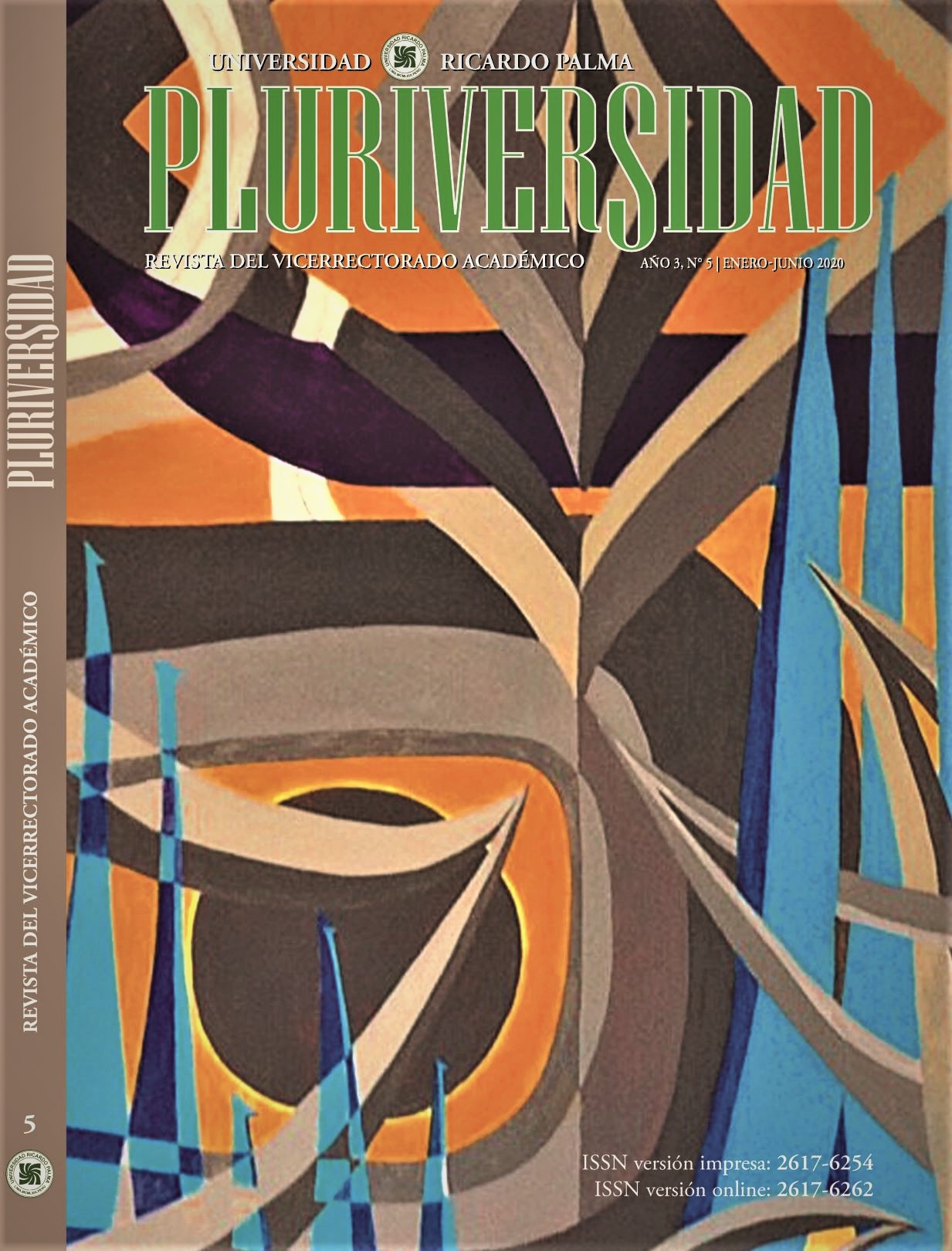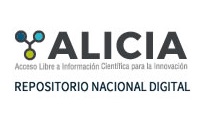Identity and future gender election of a middle-high social group of young drag queens in the City of Lima
DOI:
https://doi.org/10.31381/pluriversidad.v0i5.2800Keywords:
Drag, identity, gender, capitalsAbstract
This paper studies the gender identities of a group of young people of a medium-high socioeconomic level who are between 20 and 26 years old and who dress like Drag Queen in Lima. They are guided by a question about the ways in which this practice relates to their gender. Additionally, it analyses the role that certain resources play in these identities, understood as capitals. It is discovered that being a Drag is a nearby cultural resource for young people, especially considering their socioeconomic status and their contact with gay culture (Martel, 2014). Also, knowing that they belong to a medium-high social level in Lima, strongly connected with a special social, cultural, economic and symbolic foundations that marked their routes in what is considered Drag and made it possible. Through the world of Drag , young people experience identity transformation in relation to gender (Perlongher, 2016), through a behaviour that combines elements associated with the feminine and the masculine, and that allows them to experiment with identities that are far from those that are understood as traditional (male-male and female-female). Thus, gender identity and the Drag world end up relating through this process that we call becoming Drag.





